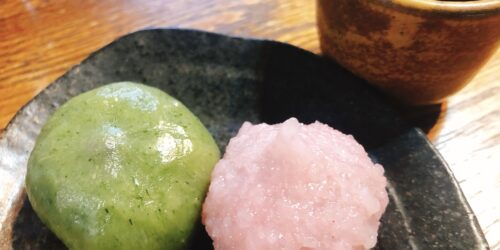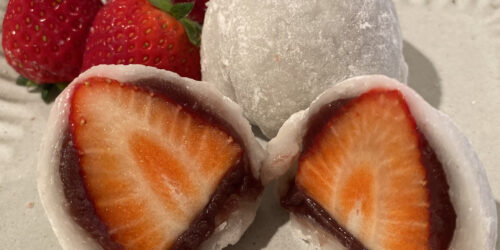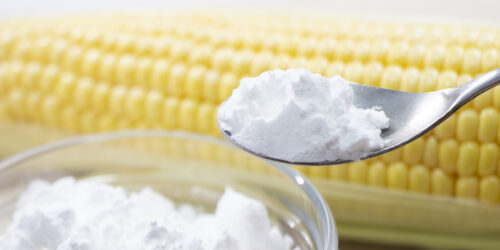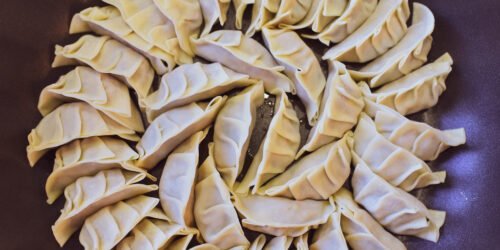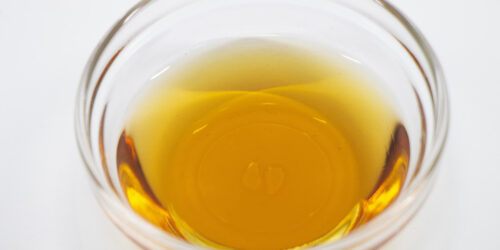How Long Does Mochi (Rice Cake) Last? Shelf life, Storage, Expiration
What Is Mochi?
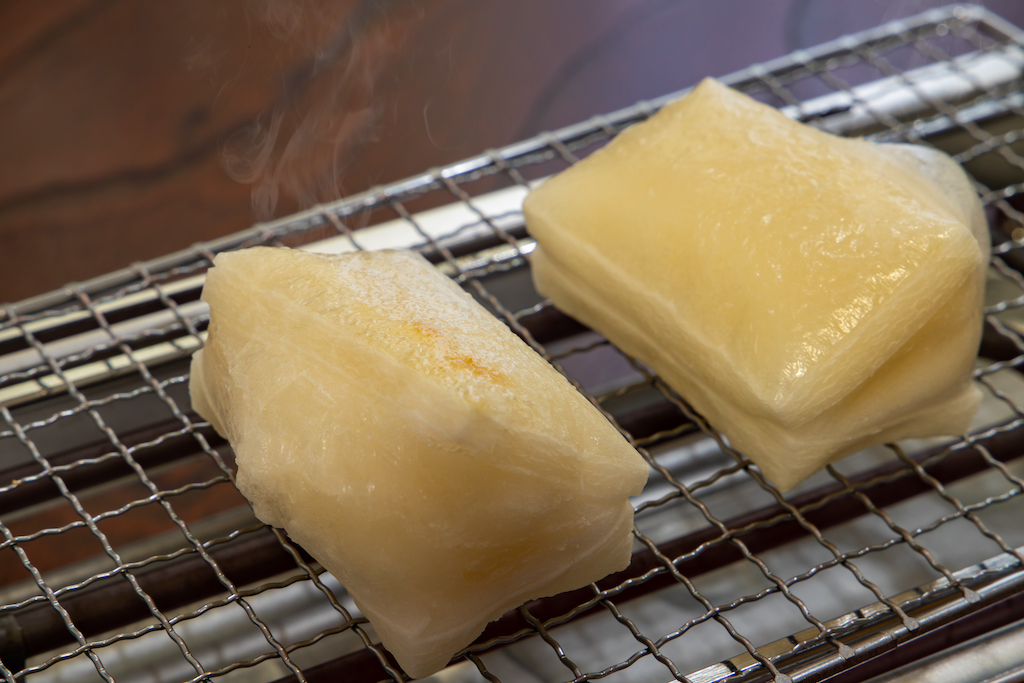
Mochi (rice cake) is made by pounding steamed glutinous rice until the grains are gone.
Speaking of traditional mochi customs in Japan is offering a round rice cake called kagami-mochi on the home shrine or alcove at the end of the year. And, people eat the mochi after the new year. Of course, some Japanese eat mochi throughout the year.
Have you ever made mochi at home or bought that at a store?
I think among those who visited this site may have made too much mochi at home or couldn’t eat all of mochi in a big bag. And, say “how long does mochi last?”
Here, I would like to introduce the shelf life of both homemade mochi and the one you buy at a store. I will also tell you how to store them properly, so please check it out!
If you are confused about the difference between mochi and daifuku, please check this page.
Mochi vs Daifuku: What Are the Differences?
What Is the Shelf Life of Mochi?
Homemade Mochi
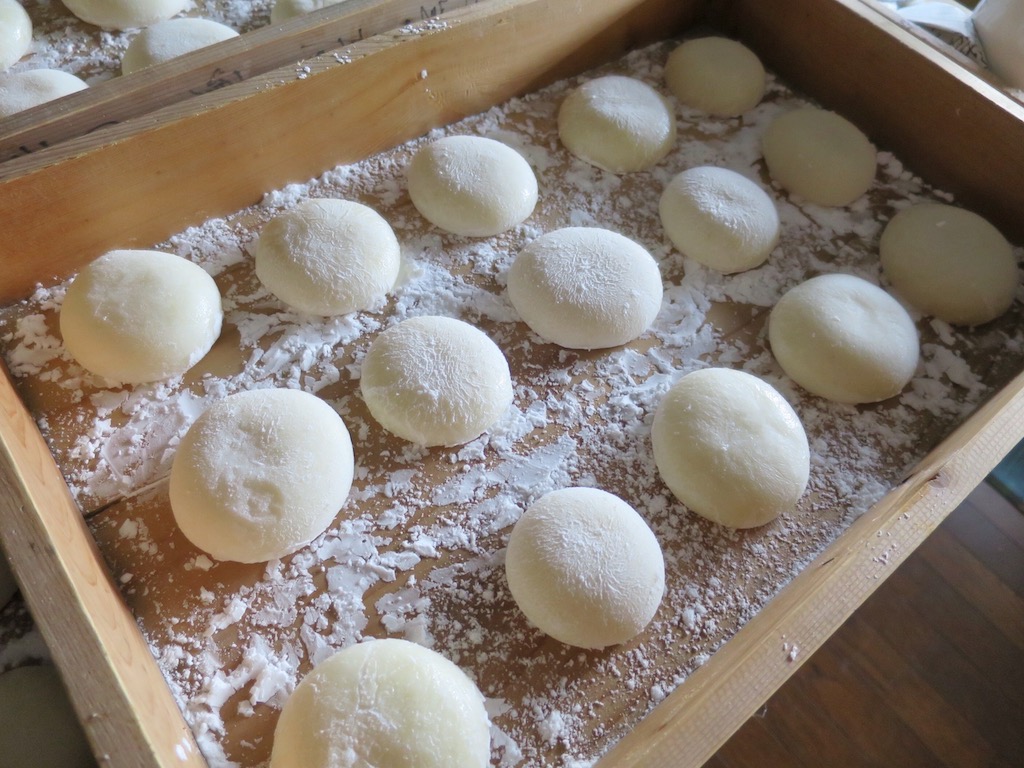
Shelf life: 1 to 2 days (It will keep about a year if you freeze it.)
You should eat it during the day you make it or the next day. The homemade mochi doesn’t last long at room temperature or refrigerated, and easy to grow mold. So, basically you should eat as soon as possible.
Frozen storage is the best if you can’t eat during the day. (If it can be stored completely sealed, it could be stored in the refrigerator for 3 to 5 days.)
Even if you leave the freshly made mochi for 1 to 2 days and then freeze it, mold often grows immediately after freezing. Hence, make it and put it in the freezer as soon as it cools if you want to keep it.
If stored frozen, it will last for more than a month. Although you should eat it within 2 months, it is said that it will last for about a year if there is no mold and no offensive odor.
Let me explain the details of how to store mochi in the following section.
Mochi Sold in A Vacuum Pack
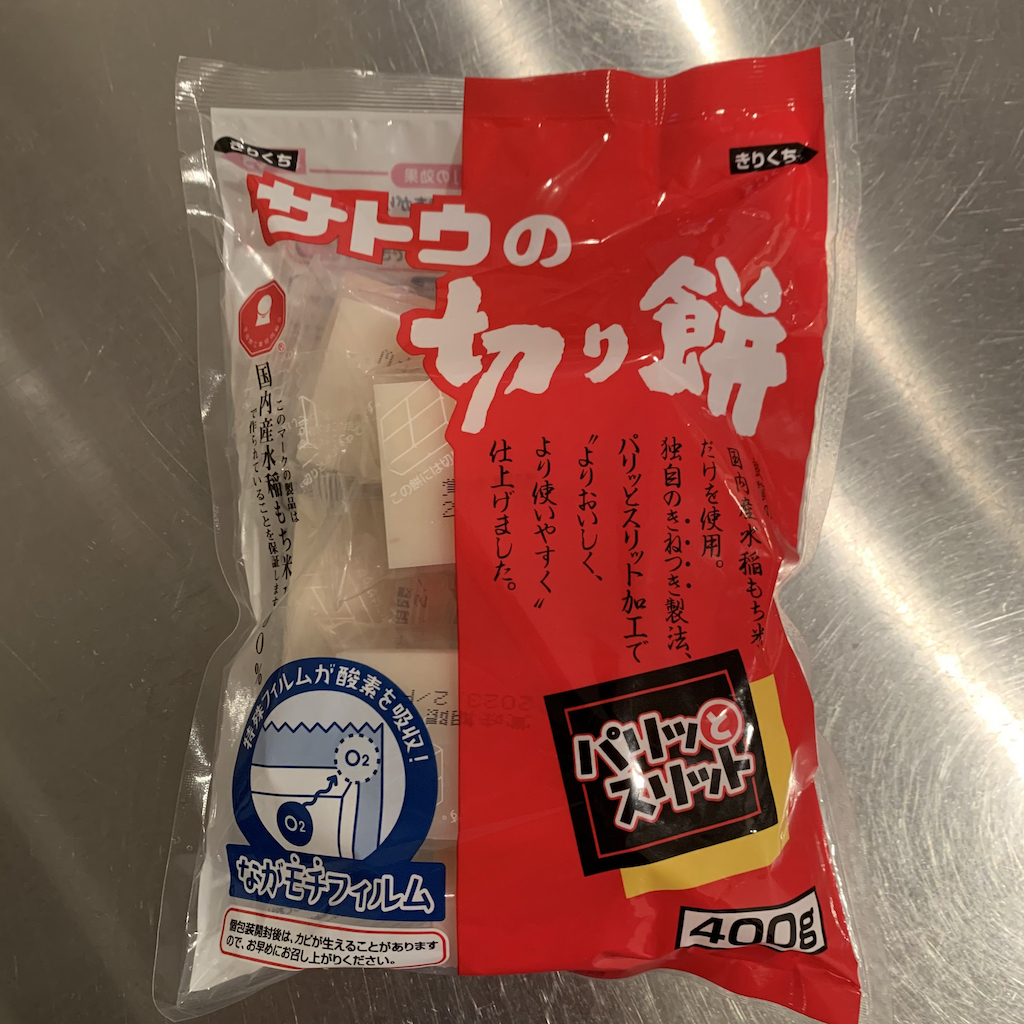
Shelf life: 1 to 2 years (Check the package carefully as it depends on the manufacturer.)
The reason why the best-by date is so long is that commercially available mochi is manufactured in a sterile place, and it is in an oxygen-free pack. Therefore, it won’t go bad unless something very unusual happens.
However, please note that there are differences depending on the manufacturer.
Products with oxygen scavenger enclosed in both individual packaging and the outer bag
In this case, usually the expiration date is also written on the individually wrapped bag.
Even if you open the outer bag, oxygen will not enter the individual wrapping. So, it will last according to the stated expiration date unless you open the individual wrapping.
By the way, cut rice cakes sold by Sato Foods Co., Ltd. in Japan are not containing any oxygen scavenger, but use a special film that absorbs oxygen for individual packaging. Therefore, the expiration date is maintained unless the individual wrapping is opened.
Products that contain oxygen scavenger only in the outer bag
If you open the outer bag, oxygen will enter the individual wrapping. So, the expiration date will be meaningless. You need to eat within 1 to 2 days in this case. If you can’t eat them all, freeze the rest, otherwise mold could grow quickly.
Can You Eat Mochi After Expiration Date?
So, can you eat mochi sold in a vacuum pack after the expiration date has passed?
Just because it’s expired doesn’t mean you can’t eat it right away.
It is possible to eat mochi with an expiration date of one year if there is no mold and there is no offensive odor.
Check the appearance, smell, and taste before making a decision at your own risk.
Additionally, please note that the expiration date does not matter if you open the mochi bag that contains oxygen scavenger only in the outer bag.
How To Store Mochi
Homemade Mochi
As written above, you should definitely freeze handmade mochi because it is easy to grow mold.
However, when there is absolutely no freezer space, etc. and you need to temporarily refrigerate, here is the idea for you. It’s called mizu-mochi which is mochi soaked in water. By putting it in water, it blocks oxygen and prevents mold from growing.
Please refer to the following directions of these 2 ways.
How to freeze homemade mochi
1. Carefully wrap the mochi one by one in plastic wrap. Make sure to prevent air from entering.
2. Put the wrapped mochi in a re-sealable zipper storage bags.
3. Remove as much air as possible from the bag and put it in the freezer.
How to make mizu-mochi in refrigerator
1. Put mochi in a clean container. Add plenty of water until the mochi is completely submerged*.
2. Cover and put in the refrigerator.
3. Change the water every day. Wash the surface of the mochi when changing the water.
*If the part of mochi is out of the water, mold will grow from there.
Mochi Sold in A Vacuum Pack
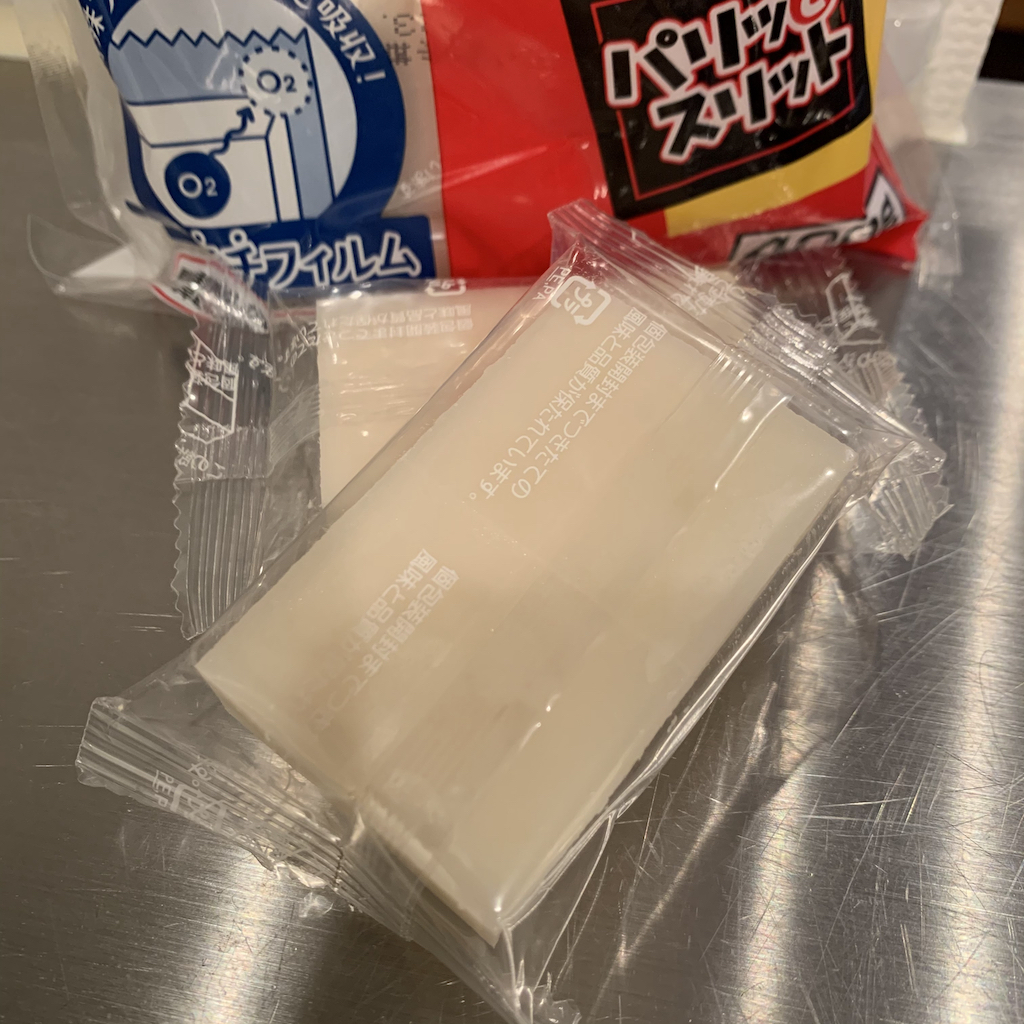
For the mochi you buy at a store, there is no problem with storage at room temperature if you haven’t opened the bag.
Products with oxygen scavenger enclosed in both individual packaging and the outer bag
Even after opening the outer bag, it is okay to store at room temperature as long as you do not open or damage the individual wrapping.
Products that contain oxygen scavenger only in the outer bag
Once you open the outer bag, you should put the mochi in your freezer as soon as possible. You can put it in the freezer as it is individually wrapped.
If you are worried about odor transfer, put the individually wrapped mochi in another plastic bag and remove the air.
Others
If your item is not a bag with multiple mochi, but a single product, you can store it at room temperature as long as you don’t open the seal.
How To Tell If Mochi Goes Bad
If you see any of the following characteristics in the mochi, do not eat it and throw it away.
Mold Grows
It should be easy to find colored mold like blue mold and red mold. It looks like mold is growing only on the surface. But, you shouldn’t think like that. Mold fungi are not only visible, but may extend deep. Therefore, it’s not safe to eat mochi with only the mold removed.
In addition, mold can also generate toxins, and these toxins do not disappear even when heated. Avoid eating mochi that has mold on it.
Change Color
When the mochi goes bad, the surface may turn milky white or pink.
Smell Bad
In case of (2), mochi may smell like fermented.
Conclusion
- Shelf life of homemade mochi is 1 to 2 days, but it will keep about a year if you freeze it.
- Shelf life of mochi sold in a vacuum pack is 1 to 2 years as long as you haven’t opened the outer bag (or individual packaging with oxygen scavenger).
- Since mochi is easy to grow mold, you can make it last longer by freezing.
- Do not eat if you find mold on the mochi, please just throw it away.
Store correctly, and enjoy the delicious mochi!

